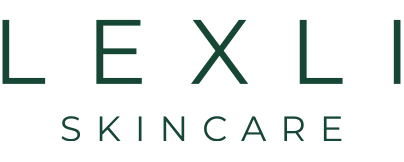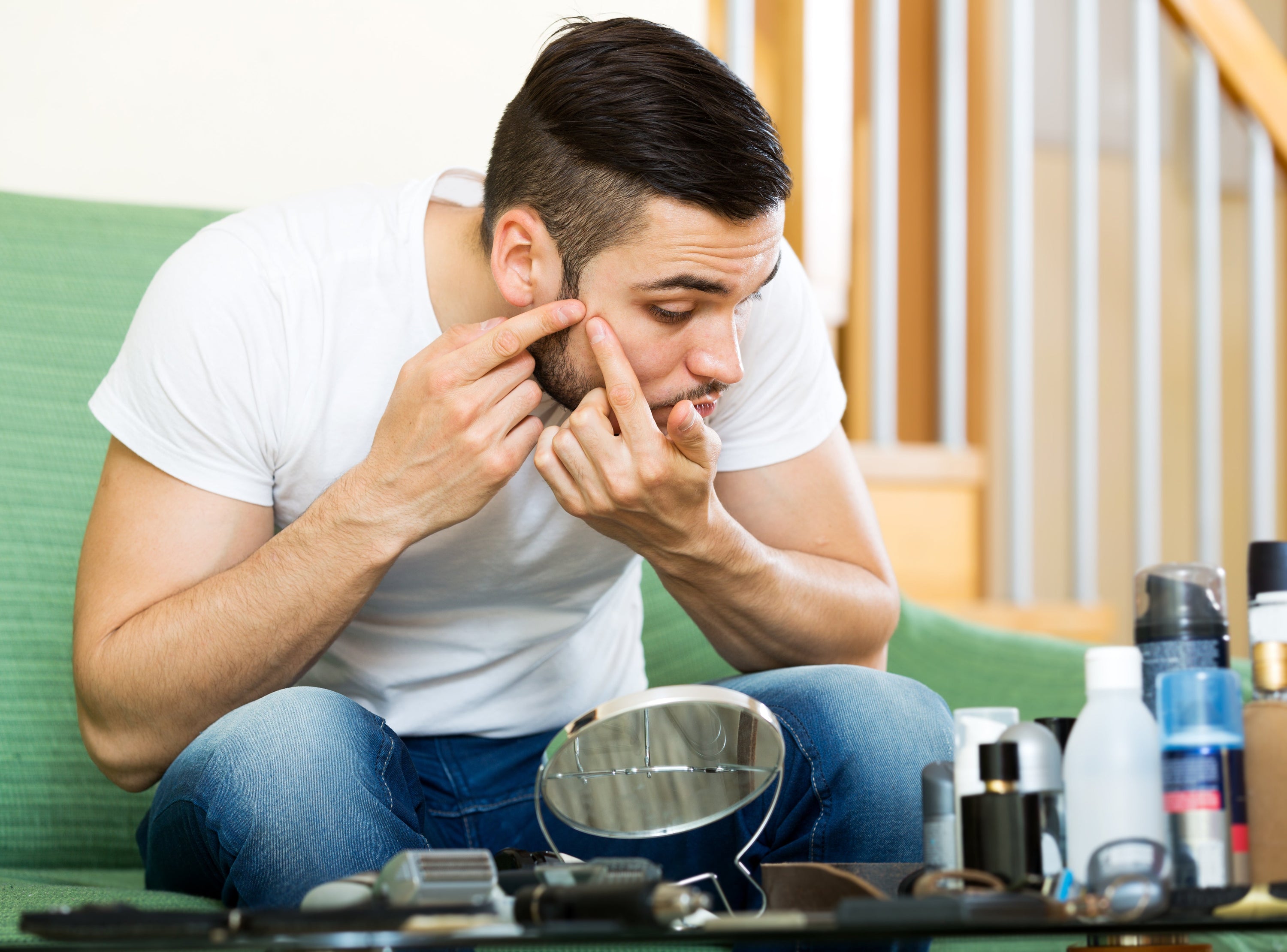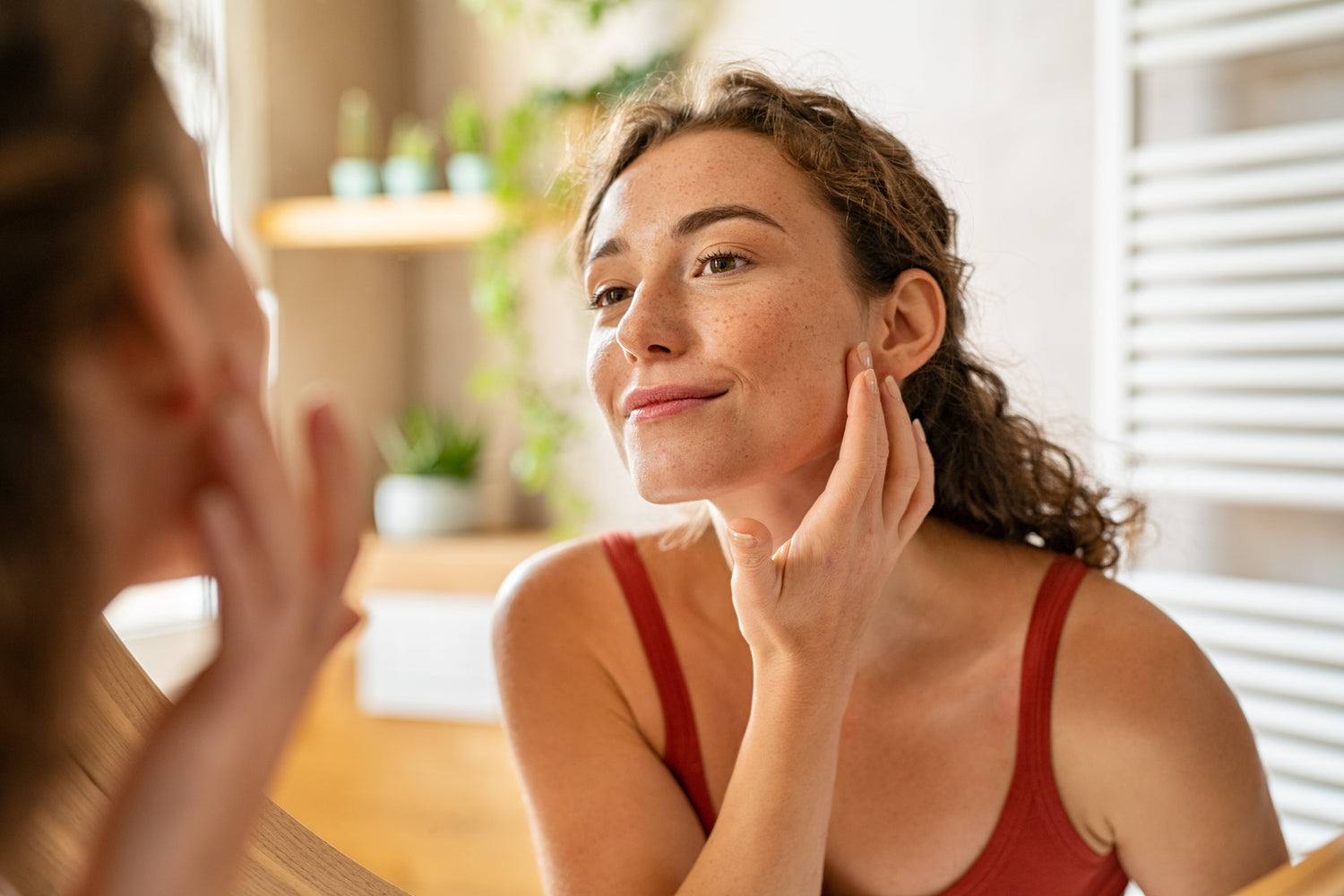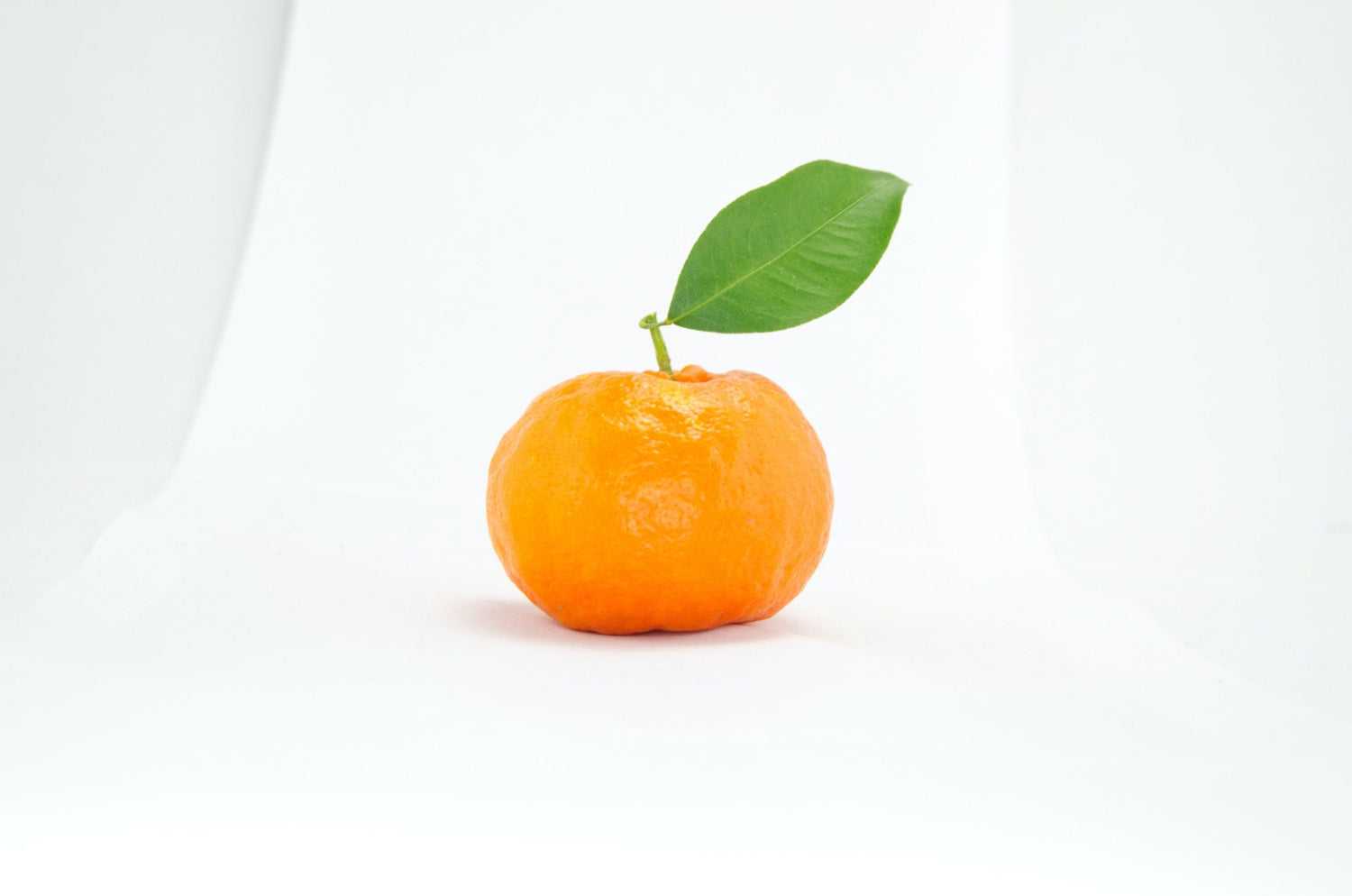We’ve all been there: you wake up the morning of a big event, look in the mirror and see it - an unsightly blemish on a most obvious area of your face. While the urge to start picking at your skin is great, here is where willpower must kick in.
STOP.
Trying to pop a pimple can make the issue worse; far worse. If done improperly or on the wrong kind of blemish, you can cause the pimple to become increasingly red, swollen and inflamed. Plus, you stand the risk of introducing bacteria to the skin that could result in an infection that takes far longer to heal and could ultimately leave behind discoloration and/or scarring.
That’s not to say that you should never pop a pimple. Instead, follow the guidelines below to know if you should even attempt to pop yours and, if you do, how to properly pop a pimple.
Know Thy Blemish Type
To determine if the pimple can be popped you must first know what type it is:
Does it have a white or yellow head? If so, this is a “closed comedone,” also known as a whitehead. This type of pimple can be popped at home.
Whiteheads are blockages deep below the skin pore that have only a microscopic opening at the skin’s surface, which air cannot penetrate. Due to the lack of oxygen, dead skin cells and sebum present in the follicle do not oxidize and remain colorless or white in appearance.
Does it have a dark hue on the surface? If so, this is an “open comedone,” also known as a blackhead. This type of pimple should NOT be popped.
Blackheads are blockages close to the skin’s surface. Because of their location, the pore is enlarged and oxygen can enter, leading to oxidization. The combination of oxidation and the way light reflects off the blockage lends it the dark color.
Is it raised and red? If so, this is likely a papule and should NOT be popped.
Papules have no visible pore and are often hard and painful to the touch. This type of blockage may eventually turn into a whitehead or blackhead but will likely heal before it reaches that point.
Proper Popping Technique
If you’ve evaluated the blemish and determined that it is, indeed, a whitehead, follow the guidelines below to attempt to eliminate it:
- 1. Wash your hands thoroughly with soap and water to minimize the potential of spreading bacteria.
- 2. Wash your face with warm water and a cleanser appropriate for your skin, such as Lexli Clarifying Cleanser.
- 3. Apply a warm washcloth to the blemish for a few minutes. Do not push on the blemish. This step is intended only to ease the excavation.
- 4. Wrap a clean tissue around each of your index fingers. Place fingers on either side of the pimple and gently squeeze, applying consistent pressure from both sides. DO NOT OVERSQUEEZE, as this can damage the skin. If the pimple does not pop on the first try, reposition fingers around blemish and gently try again. If the blemish still doesn’t pop, discontinue to avoid damaging the skin.
- 5. If the pimple pops, continue gently squeezing until all of the white contents of the hair follicle are emptied.
- 6. Follow-up with the application of a spot treatment product, like Lexli Clarifying Lotion, which aids in healing, kills bacteria and keeps the pore clear.
If you frequently experience skin congestion or breakouts, it is beneficial to begin using skin care products that are formulated with acne-prone skin in mind. Lexli AloeGlyC+ is another product that benefits congested and breakout-prone skin. This leave-on, chemical exfoliator contains ingredients that assist in refining texture and clearing skin congestion.





